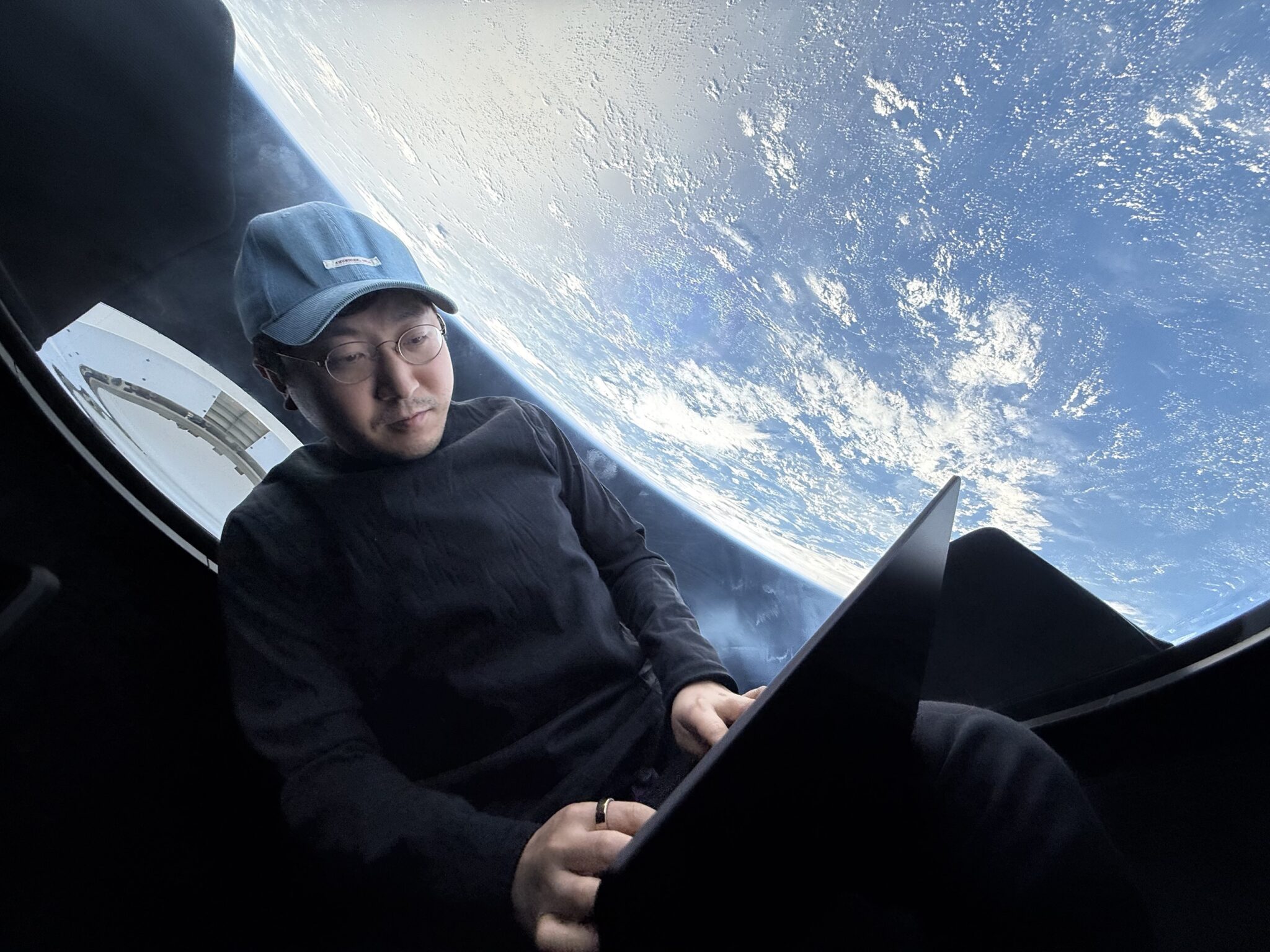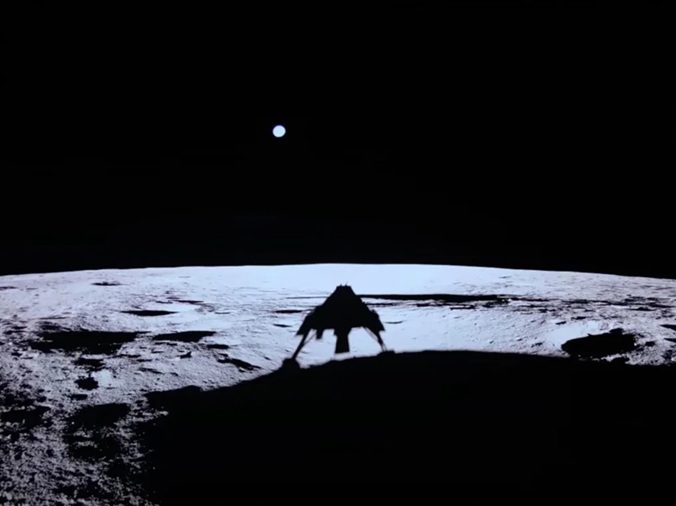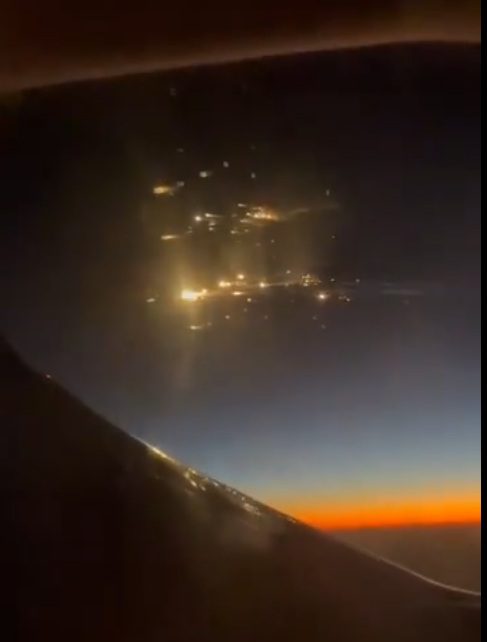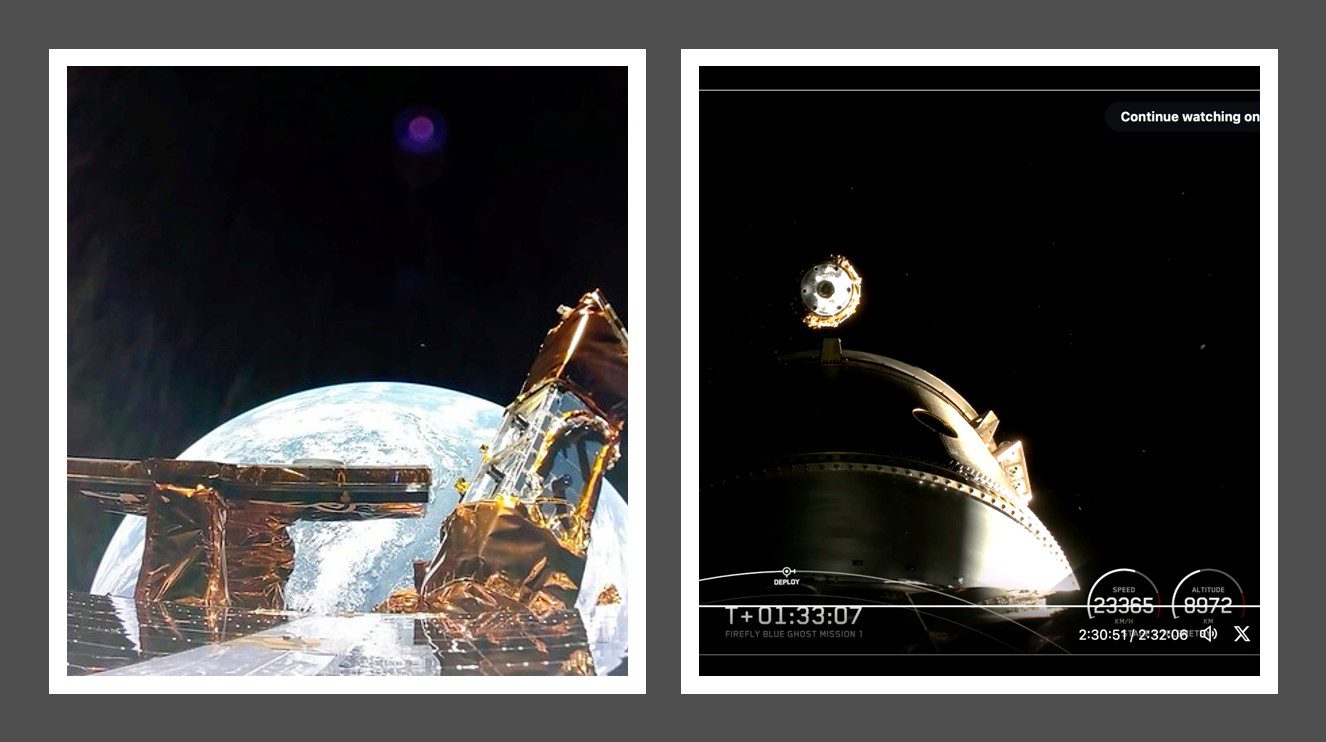NASA’s Orion crew exploration vehicle (CEV) could be launched by the latest version of Europe’s EADS Astrium Ariane 5 rocket by 2019 according to a French government funded study. The Ariane 5 Mid-Life Evolution (ME) variant, planned to begin operations by 2017, is capable of launching Orion for its missions to the International Space Station and the Moon
The French space agency CNES declined an interview about the study saying that the work was “at an early stage” and that its subject matter was a “long term objective”
The study ran from mid-2008 to mid-2009, an Astrium source told Hyperbola that further planned work had not started due to agency “budget cuts”. The study concluded that the Orion-Ariane first flight could occur nine years after development started. The further studies were to include qualification flight mission configurations. In December Astrium was awarded a two-year €150 million ($214 million) contract to start development for the ME version of Ariane 5
International cooperation is expected to be a major part of US president Barack Obama’s new human spaceflight vision that could be announced next month. NASA administrator Charles Bolden told Hyperbola at the International Astronautical Congress in Korea last October that Obama would decide to what degree international partners would be “in the critical path” for human spaceflight
NASA’s external relations office was not aware of any contact between the US agency and CNES about the study. NASA’s Constellation programme, which is developing Orion, and its baseline rocket the Ares I crew launch vehicle were not available for comment
The Ariane 5 ME will be able to place 22,000kg (48,400lb) into a 180km (111 mile) 28.5° inclination circular orbit, greater than the 21,400kg required for Orion – this includes a reduction in Orion propellant mass that is possible because “no circularization burn is required with the A5ME proposed injection strategy”
On 11 September last year NASA and ESA announced an agreement for human spaceflight cooperation including transportation. It says
The agreement will allow NASA and ESA to exchange technical information and personnel, which will aid the eventual development of new transportation systems. It is expected that ESA’s Ariane 5 development and flight experience will provide valuable engineering analyses and technology concepts for NASA’s new launch and spacecraft systems
ESA’s human spaceflight directorate declined Hyperbola’s questions about the significance of this agreement. Clearly it could include work to launch Orion on Ariane 5. Days later on 18 September NASA announced an agreement with France for “civil space cooperation”
Estimates floating around the blogosphere and print media for the cost of human rating Ariane 5 have been as low as €1.6 billion ($2 million) and as high as €5 billion. While Obama’s Review of US human space flight plans projected the cost for completing development of NASA’s Ares I crew launch vehicle at up to $6 billion (page 91 of the full report) which is €4.17 billion. Comparable to human rating Ariane 5 but European countries would clearly be prepared to split the cost of modifying the Astrium built rocket with NASA while also providing European hardware for Orion – European companies have already been involved in its avionics
The CNES funded Astrium study had a number of work packages and they were; an examination of the feasibility of launching Orion on Ariane 5, what safety requirements would be needed, what the qualification process would be to human rate the rocket and the creation of a preliminary launch abort system design
The study found that to human rate the Ariane 5 to meet the Constellation programme’s standards “as defined today for ensuring crew safety” changes would have to be made to software, electrical subsystems, flight control, stages and propulsion. These changes were mainly to enable rapid anomaly detection. The launcher would also need its first/core stage and solid rocket boosters structures reinforced
Another challenge is the Ariane 5’s “low frequency environment” that “exceeds human tolerance”. Ouch. Less dangerous is the new height of the Ariane-Orion stack, 60.3m (197ft), which means the the vehicle is too tall for the Guiana Space Centre’s final assembly building exit. The Orion-Ariane stack could have its own final assembly building at its own launch site
Above is the manned Orion-Ariane 5 launch pad concept with crew access and evacuation structures. The real ELA (which stands for Ensemble de Lancement or launch complex to us native English speakers) 3 can be seen here in this image
The LAS work found a potential problem with the Guiana Space Centre being 5km from the coast. This could mean a launch pad abort could see Orion land on land and not in the Atlantic Ocean. The solutions are to build a new launch site nearer the sea or design the LAS to do the job of pushing Orion out to sea
While Bolden’s comment about international partners being on the critical path for human spaceflight could be a reference to Russia’s provision of crew transport to the International Space Station there maybe a wider interpretation. While ESA at first glance does not appear to have the resources to follow through even a collaborative human spaceflight effort the decision of the European Union to consider crew transport to low Earth orbit and beyond means it and its (de facto) space agency should not be ignored. The Astrium report adds:
From a strategic standpoint, the launch or Orion by Ariane 5 would be a scenario of
broad cooperation between the United States and Europe in the field of human spaceflight. This cooperation would be enabled by a high level of interoperability between systems, where Europe could become a redundant launch provider to Orion. The international exploration effort would therefore be more sustainable by complementing the Orion/US launcher main launch capability with Orion/Ariane 5. In exchange, Europe could obtain access for its astronauts and its science payloads to the ISS and later to the lunar surface.
The president George Bush return to the Moon vision may be about to fade but this type of cooperation makes sense for a cash strapped NASA that still intends to go to the Moon and Mars, even if it is via a snaking flexible path






